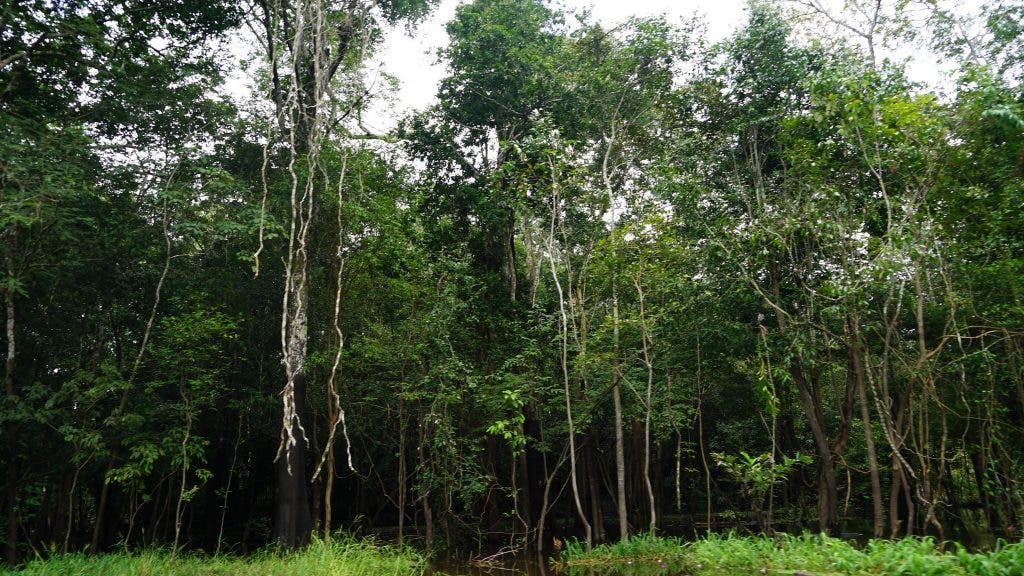While wilderness areas are increasingly recognized as important for biodiversity conservation, few areas of the world remain with outstanding ecological integrity. A new study found that only 2.8% of the world’s land surface remains ecologically intact, meaning it still has an undisturbed habitat and populations of all of its original animals.

Wilderness areas were identified as important priorities over 30 years ago, but more recently there have been attempts to be more explicit about what is being measured when referring to wilderness, with a focus on quantifying intact habitat. Previous studies have estimated that 20-40% of Earth’s surface is under low human influence.
Nevertheless, the researchers behind this new study argued that while forests, savannah, and tundra can appear intact from satellite observations, vital species are actually missing on the ground. Elephants, for example, spread seeds and create important clearings in forests, while wolves can control populations of deer and elk.
“Much of what we consider as intact habitat is missing species that have been hunted [and poached] by people, or lost because of invasive species or disease,” Andrew Plumptre, the lead author of the study, told The Guardian. “It’s fairly scary, because it shows how unique places like the Serengeti, which actually have functioning and fully intact ecosystems, are.”
Instead of focusing on human impact, the researchers made a review of the Key Biodiversity Areas (KBA) Criterion for C sites. These state that, in order to be considered as being an intact ecological community, an area must have the full complement of species known to occur in a particular site in their natural abundances, relative to a regionally appropriate benchmark.
The authors chose the year 1500 as a benchmark, as this is the baseline date for assessing species extinctions within the IUCN Red List of Threatened Species. They assessed habitat intactness, faunal intactness (areas without any loss of biodiversity), and functional intactness (no loss of animal densities below a level that would affect the healthy functioning of an ecosystem).
Applying these three measures of intactness reduced the number of sites that might qualify under KBA Criterion C. Only between 2% and 3% of Earth’s terrestrial surface qualifies if Criterion C is defined as sites that are functionally intact, 10 times lower than previously estimated. Worryingly, only 11% of the analyzed sites are covered by protected areas.
Many of the identified areas coincide with territories managed by indigenous communities, who play a crucial role in maintaining them. Areas identified as functionally intact included east Siberia and northern Canada for boreal and tundra biomes, parts of the Amazon and Congo basin tropical forests, and the Sahara Desert, according to the authors.
However, it’s not all bad news. Up to 20% of the planet’s land surface could be restored to faunal intactness through reintroductions of a few species into remaining intact habitats, the researchers found. Identifying areas under KBA Criterion C can also help focus attention on these sites for conservation and restoration.
“It has been shown that intact habitat has important benefits for both wildlife and people and as a result needs to be a critical target. Recognition of these special places within intact habitat, where you have full functional intactness, is needed and plans to focus restoration in areas where ecological integrity might be recovered,” said Plumptre in a statement.
As well as a climate crisis, the world is also facing a biodiversity crisis, with many wildlife species, from lions to insects, struggling because of the destruction of their habitat for farming. Researchers have argued that a sixth mass extinction of life on Earth is beginning, with serious consequences for our sources of food, clean water, and fresh air.
The study was published in the journal Frontiers.
Was this helpful?



